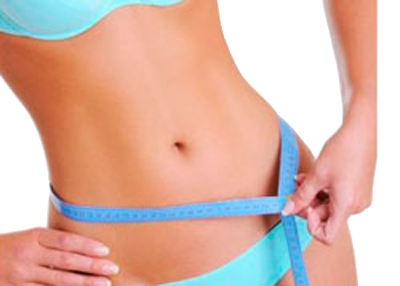
LIPOS-CULPTURE
Liposculpture is an aesthetic surgical procedure whose aim is to sculpt the body with the aim of giving it an attractive slender shape. It’s important to emphasise that this is not a procedure to lose weight, rather to shape the body by eliminating those areas that neither diets nor exercise have managed to eliminate.
Differences between liposculpture and liposuction:
Liposuction itself has a much broader definition as it refers to any procedure that uses the requisite technology to destroy fatty cells and eliminate them via suction. In general, liposuction is used to draw out large amounts of body fat, especially in those areas where large amounts of fatty cells accumulate such as legs (thighs), buttocks, or the abdomen. However, liposculpture is a “minor” liposuction because it is performed in order to extract less amounts of fat and to shape the body. It is a procedure devised to attack those areas which are not considered appropriate for liposuction, such as the face and neck. Both liposuction and liposculpture use the same technology to eliminate fat: first it is liquefied and then it is extracted via suction.
DETAILS
Between 1 and 3 hours
Local anaesthesia + sedation
An outpatient procedure, although depending on the extent of the area to be treated it may be necessary to spend a night in hospital.
One week
THE OPERATION
A small incision is made, large enough to introduce a hollow tube called a liposuction cannula. The cannula, which is connected to a suction machine, dissolves the fat and suctions it off.
POST-OPERATIVE
After surgery a corset or compression hosiery is fitted on the treated area in order to keep the swelling and bleeding under control, and to help the skin adapt to its new girth. This corset is worn for approximately a month, after which it is only worn during the daytime for a few more weeks, depending on the plastic surgeon’s instructions.
Recovery is a gradual process. After surgery you will feel heavier than usual due to the excess fluids that have been administered, and the liposuctioned areas will be swollen and present bruising. Furthermore, you may well have the feeling of muscle ache which is related to the volume of fat extracted; the larger the amount removed the greater will be the sensation of muscle ache. These discomforts will be relieved with the medication prescribed by your plastic surgeon.
This is a type of surgery when it is best to restart activity as soon as possible because the more activity you do the quicker will be the recovery time. The stitches will be removed, or will fall out by themselves, between 5 and 10 days after the operation. You can normally return to work within a week. The swelling and bruising will disappear in the first or second month after the liposuction; however, a small amount of swelling may remain for longer. Recovery is gradual. Although the results are immediate it will take some time before you clearly notice the definitive bodily profile.





